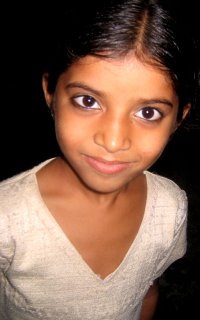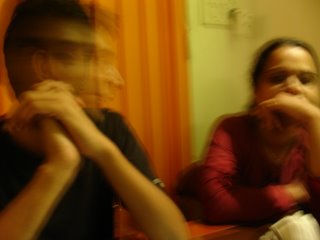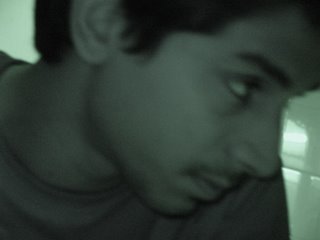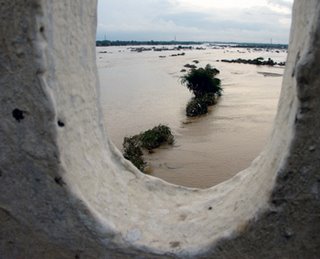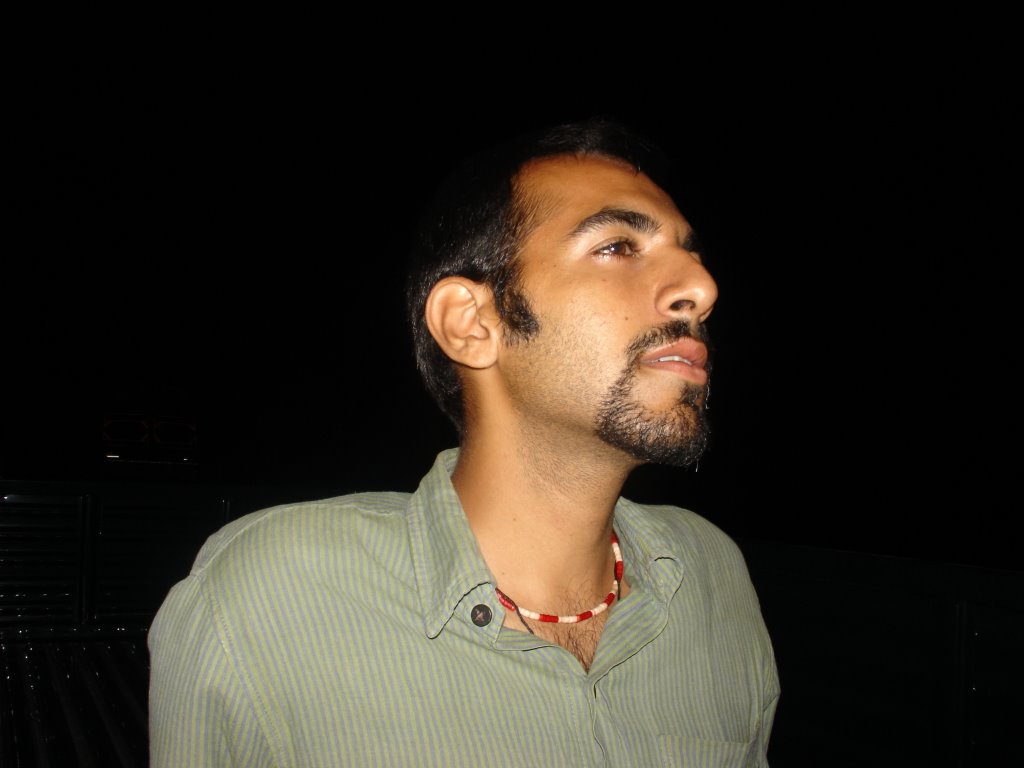MAKE WAY FOR THE DALIT
The divide between the rich and poor has grown so large that an average upper middle class Indian is blinded to the realities of rural countryside. However, the same entertainment consoles that hook the eyes of the urban consumer are spreading thick and fast to rural communities as well. The use of Information Technology, especially video and internet, is unmasking a new future. Information spreads have often rephrased history, and when controlled by specific interests, they produce the desired effect. A feudal society transforming under the pressures of globalization is a sight witnessed often, over the past 50 years all around the world. When the use of Video by a team of six Dalits, working for a Community Video Unit, set up by Navsarjan, Drishti and Video Volunteers transcended all barriers of caste, it brought upon relief for an entire village. This definitely sounds like a story that you have heard before…..
Khamblav, a village with a population of less than 3000 in the Saurashtra region of Gujarat, is 7kms off the National Highway 8. Though small in number, the village is dominated by the 40 odd Thakurs, the upper caste households. Like various other areas in District Surendranagar, it suffers from high Fluoride content in the ground water, the only source of drinking water in the village. According to the Water and Sanitation Management Organization, the content of Fluoride ranges between 10.5 ppm to 3.5 ppm in the three wells of the village. The permitted level of Fluoride in water should not exceed more than 0.5 ppm to be deemed fit for consumption. In 2000, WASMO, the organization set up under a Dutch initiative, established 24 water treatment plants in the district., one of them in Khamblav. The plant with a capacity of treating 70,000 liters of water everyday provided drinking water to the village for 3 years. According to the plan, the village panchayat was to maintain and run the plant after WASMO exits. As the case turned out in this upper-caste dominated village, the panchayat refused to run the plant citing a shortage of funds. Incidentally, the cost of treating and distributing the treated water to the entire village is less than Rs. 50 per day!
While the upper castes have made alternate water arrangements for themselves, it is the Dalits and other marginalized communities who have had to face the worst consequences.
For the past three years, the residents of Khamblav have had to drink the Fluoride contaminated underground water from the wells. As a consequence, more than one-third of the villagers complain of symptoms directly related to Skeletal Fluorosis- pains in the bones and joints; sensations of burning, pricking, and tingling in the limbs; muscle weakness; chronic fatigue; and gastrointestinal disorders and reduced appetite.
Adding to the woes of the villagers, the Health department refuses to acknowledge the problem not only in Khamblav but the entire Limbadi Taluka. When Aapna Malak Maa contacted the Block Heath Officer, D. S. Mangutia, he categorically stated, “In the 101 villages of Limbadi Taluka, there is no report of Fluorosis from even a single village and thus it is not a Public Health issue.” The WASMO officials on the other hand, constantly complain of the village panchayat being run by upper castes and not looking after the interests of other communities.
In its video magazine on the issue of Health, Aapna Malak Maa covered the problem of Fluorosis in Khamblav. It showed the condition of the suffering villagers and the administration’s lack of accountability. It also urged the villagers of Khamblav for greater participation in the management of its own health. An increased awareness in the taluka about the issue left the village panchayat with no other alternative and they agreed to co-operate in resolving the issue. On 10th November, the film was screened at Khamblav, in the presence of 600 people including WASMO officials, the Panchayat, other government officers, Navsarjan Activists and the villagers. A public meeting was conducted after the screening where it was decided that the water treatment plant will be started again by WASMO. The village will contribute 10 percent of the cost of repairs and maintenance of the plant, an amount less that Rs. 4 per person. This will ensure a one-hour water supply in each house everyday. WASMO will operate the plant for one year, after which the village will have to run the system through a representative Water Committee of 5-6 people.
This is the closest that the residents of Khamblav have been to clean drinking water in the past three years and they lay the credit to the team of Aapna Malak Maa for giving them a voice. Even the upper castes are happy that the problem has been resolved. Parakram Singh, the Deputy Sarpanch says, “We are thankful to the team of Aapna Malak Maa for raising this issue and get the entire system moving.”
Khamblav is a territory where non-Dalits do not drink water through the hands of a Dalit but this situation has created an ironical paradox. The six young Dalits have taken up leadership in their community to resolve this issue and the entire village of Khamblav will be drinking water out of their hands.
In this perfectly feudal setup, the Marxian argument that material conditions determine all other conditions of human life stood true for once. But when the buildings of class are built by the arms of caste, how often those gates will be breached, remains to be seen.








